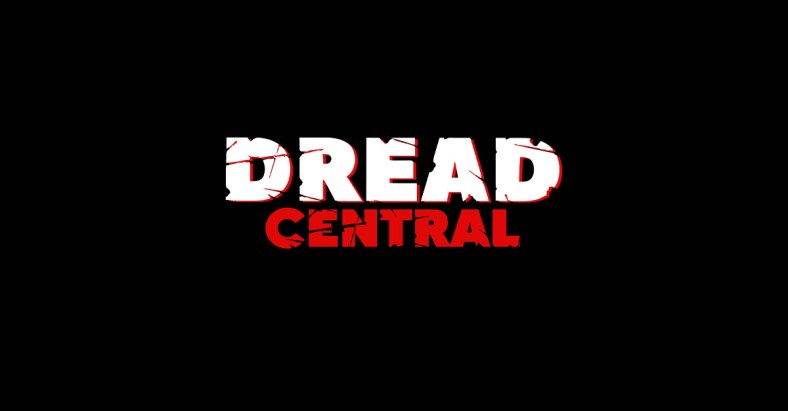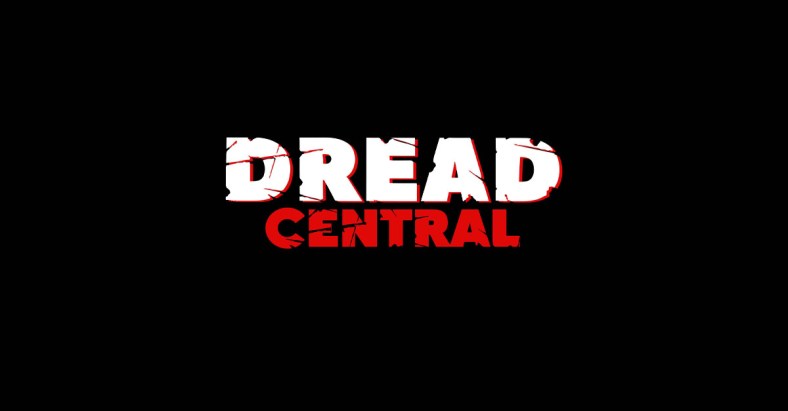Captain Picard in the Green Room with a Machete – Is There a Line Where Violence Is Pushed Too Far?

How far is too far when it comes to violence in film? Is there a line, some invisible Mason/Dixon of sensible expression which should not be crossed for fear of spoiling societal tastefulness? These are questions worth asking. But for me personally, as I attended the Sundance Film Festival this year, they were questions I was ill-equipped to answer.
It was early in the festival. The group I was with had spiderwebbed forth to their various screenings and had coalesced at our condo to dissect the good, the bad, and the how the hell did that get into Sundance!? On this particular night some friends were discussing Green Room (review), the third film from director Jeremy Sauliner. And their dissection of the film, which could easily be pitched as “The one where Patrick Stewart plays a Neo-Nazi,” was largely singular with a very specific perspective. In their eyes, the ultra violence showcased throughout the narrative by nearly every character was abhorrent. It was distasteful, useless, senseless violence for its own sake, lacking in further metaphysical or metaphorical significance beyond the blood-soaked “ICK” factor.

They railed against this film; it made them nauseous, disgusted their sensitive moralistic pallets, and caused an existential crisis as to how far a film should go in the realm of blood and guts. While I found this discussion fascinating and had my own opinions on the subject, I could not intelligently discuss them for one simple reason: I had yet to see the film. As much as the smart-ass, argumentative gnome in my brain kept prodding me to engage, I resisted. If I was going to go to bloody righteous war for a film, I needed the proper ammunition. And with that in mind, I quite giddily attended a late night screening of Green Room recently, as it had just reached theaters in my neck of the woods.
It was a magical experience. The film is a beautifully contained fever nightmare of sweat and blood and guts and punk music and Nazis and machetes. The storytelling is airtight, the performances are pitch perfect, and the gore effects are not only gorgeously conceived, they are also efficiently delivered for the betterment of the story. There are machete slices, throats ripped out by dogs, compound fractures, shotgun blasts to the face, and one particularly effective stomach slit with a wicked looking box cutter. I was giggling throughout the entire experience, laughing and cheering when I was supposed to, puppeted by expert filmmaking of the highest caliber. And it is only now, having digested a healthy dose of Neo-Nazi blood and guts that I can intelligently articulate a retort to my friends’ reservations about the state of violence within Green Room. And my response is a simple question: Okay, so you don’t like violence in film. You think it’s pointless, baseless, barest level entertainment for the lowest common denominator. Fine. Where would you draw the line then?
Are we drawing the line at gore itself? Is that inherently in poor taste? Is there a specific amount of blood? Is there a machete slice/frame ratio which should be considered? Because that sounds an awful lot like censorship, that funny little buzz word that folks in the film community don’t like so much. There was another time in history when violence was largely tucked away from the general public, back in 1930 with the implementation of the Hays Code: a strict doctrine of do’s and do not’s decided upon by a board of conservative Christian politicians wanting to maintain the wholesomeness of the American family. This directive was specifically enacted to hide the American people from societal filth such as violence, cursing, rampant sexuality, and perverse ideals. Nudity was out of the question; so was any defamation of the clergy or instances where the bad guy in the film might get away. This was the world of censorship, a governmental edict which was itself brutally attacked by directors, actors, and writers. This code was slowly whittled away over time by amendments and protest from industry professionals and audiences alike, with the final killing blow occurring with the Supreme Court’s decision that film itself would be upheld as a form of artistic expression and forevermore protected under the First Amendment to the Constitution, closing the book on a state of affairs too long upheld.
Now, why the history lesson? Mostly as a reminder of how archaic the idea of good taste actually is. It’s been around forever; so has censorship. As Americans we are descendant from Puritans, at least societally, and some of those stiff upper lipped ideals still float their way through the social gene pool, popping their heads up to say “Howdy do!” every once in a while. And in this we have problems. Opinions are one thing. Believing that a film is not well made… well, that just par for the course. Everyone’s a critic, after all. But where my hair gets raised, where the twinges of unease begin to creep into my spine, is when the concept of “too far” is enacted. When people question the artistic fortitude of a film or novel with the excuse of “poor taste,” I have some reservations. Perhaps I’m biased. My heroes all devolved into what some might call “schlock” from time to time. Stephen King made a career out of it. Hell, even Spielberg built his empire upon the blood-drenched shores of Amity Island. The blood and guts are as much a part of filmmaking as they are a part of our own physical anatomy. They’re integral; without them you lose the lifeblood of art and cut out the beating, breathing soul of boundary-pushing, question-raising, norm-shattering expression of self and, in doing so, lessen the most effective tools of cultural resonance.
And yes, I do believe that something as simple as rampant blood-soaked cinema has a place of value within the larger societal consciousness. We look into the void to see ourselves. That has forever been the function of horror movies. We enjoy, in some deep dark corner of our souls, the infliction of pain. We cower when it is perpetrated upon our heroes and cheer when the villains receive their just deserts. Stories from the age of fairy tales and even into Biblical narratives have structured themselves upon human suffering in a way that cannot be ignored. There’s something elemental about blood and slicing blades and piercing instruments. Something primal. Something that, while we might not care to admit it, we all have lurking inside of us.
In many ways, the need for violence in some capacity, either intellectually or literally, is as human an experience as love or loss. The difference, though, between us and our more base ancestors is the fact that we have created a medium for transferring that animal aggression, a canvas to articulate that primal need for violence. The horror story. And it is through those stories, masked somewhat beneath the veneer of blood and gore, that we as people learn most effectively about ourselves. Because when placed in positions of the utmost terror, when good sense and logic are lost for fear of ghoulies and ghosties and long-legged beasties, that’s when people show who they really are and what they are willing to die for. And tell me if I’m wrong, but isn’t that what good drama, good storytelling, is really about?
So now, if I had the opportunity to go back in time and plead a case to my friends under the twinkling lights of Park City, my stance would have been a simple one: To each his own, but take heed as to how far you tread down the path toward righteousness. Don’t quell the dark. Don’t deny it. Give it its due. Because a world that ignores its darker self is a world bathed in light, artificial and boundless. It is a world without shadow, a world where all the monsters can no longer hide and instead come out to play.
As for me, I’ll stick with movies like Green Room. After all, I’m scared of monsters… both Nazi and otherwise.

Categorized:Editorials News
